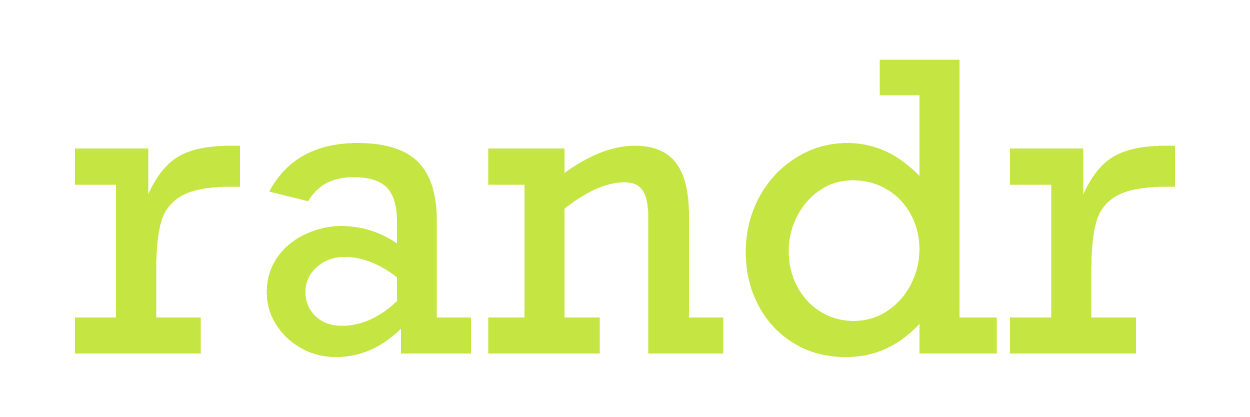Articles
Digesting Rage
Written by Avşar Gürpınar
Arguably some of the more evocative sorts of protest are those which adopt objects, either as their symbol or as their chosen means of causing turbulence. That object might be a referential character that then becomes the name or face of the protest. Or it could be a food item, a readil consumable product — which by its very nature adds an extra layer of impact to the demonstration. We’re taking a look at various protests, notably those that have employed edibles.
Link to DAMN Magazine ︎︎︎
How Can Designers Address Power Inequity? Start Small and Focus on the Local
Written by Grace Han and Sara Duell
For many designers, the past year’s near-constant social unrest has made the idea of addressing power inequity through design feel daunting. Where do you start? Is it even possible to address looming problems like white supremacy, racial justice, misogyny, or colonialism through visual form alone?
Link to AIGA Eye On Design ︎︎︎
Objects, People, And Peace
Written by Caroline O’Connell
Our world and our lived experiences are shaped by objects. We rely upon, construct, sort, alter, cherish, fight over, and share them. We imbue objects with meaning, consciously and unconsciously, and thus they reveal much about the individuals and communities who made and use them.
Link to Cooper Hewitt website ︎︎︎
How Can Design Support Humane Forms of Peace and Security?
Written by Cynthia E. Smith
Humane forms of peace and security may be achieved only by expanding our aspirations beyond the military definition of security promulgated by nation-states to encompass a condition characterized by respect for human dignity, cultural identity, and the environment, and in which individuals are valued and protected and their basic needs are met.
